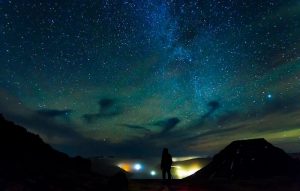
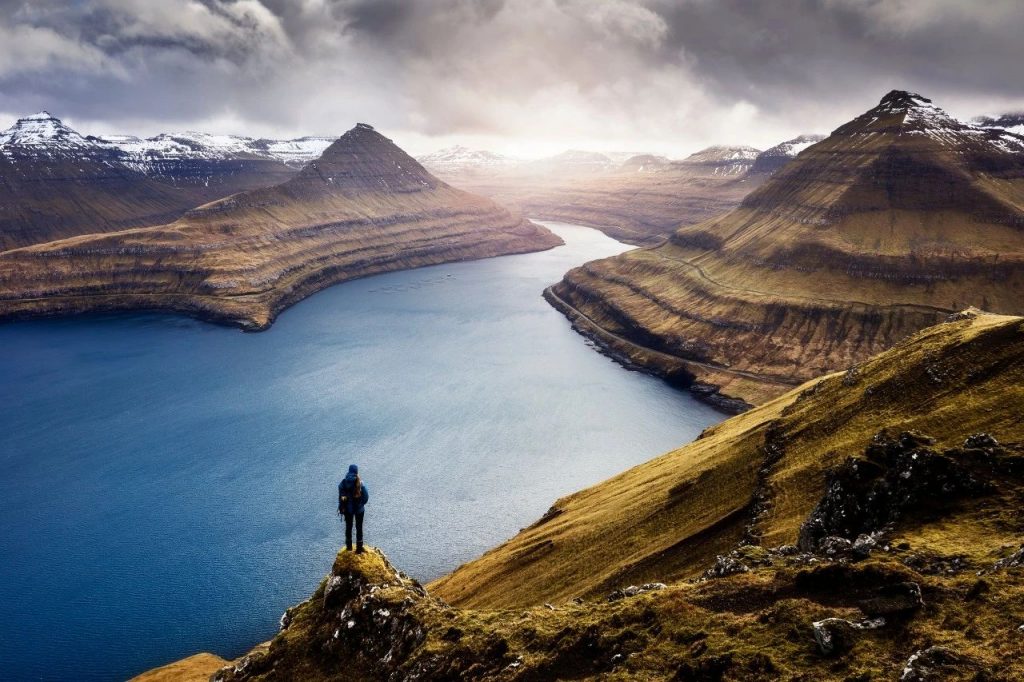
©Mads Peter Iversen/500px
In our previous list of the best destinations for 2021, one place was recommended many times in the comment section-that is the Føroyar Islands in Northern Europe!
Rated as the most beautiful archipelago in the world by National Geographic, what charm is there to make everyone fall for it? Today, I will take you on a wandering tour and unlock the last secret of Northern Europe together.

Sunset at Gásadalur © Ævar Guðmundsson, CC BY 2.0, http://dwz.date/dy3u
Although the Føroyar Islands, thousands of miles away, are sovereign territories of Denmark, this autonomous territory in northern Europe is unique.

Kallurin © Hans Juul Hansen, CC BY-NC-ND 2.0, http://dwz.date/dy3Z
Located between Iceland and Scotland, the 18-piece jigsaw-shaped island reef stands amidst the raging waves of the North Atlantic.

©Justin Foulkes/Lonely Planet
Due to the perennial strong winds, there are no trees on the island, and the wilderness is scattered with colorful villages like a cube of color. The furry thatched roofs above, together with the lighthouse, church and endless sea, form a vast, mysterious and moving landscape.

Porkeri, Faroe Islands © Arne List, CC BY-SA 2.0, http://dwz.date/dy3H
It is full of temptation and mystery. The ancient myths and legends have a long history, and the country art and music are closely related to it, and there is a friendly and enthusiastic community atmosphere. You are welcome to come and explore.
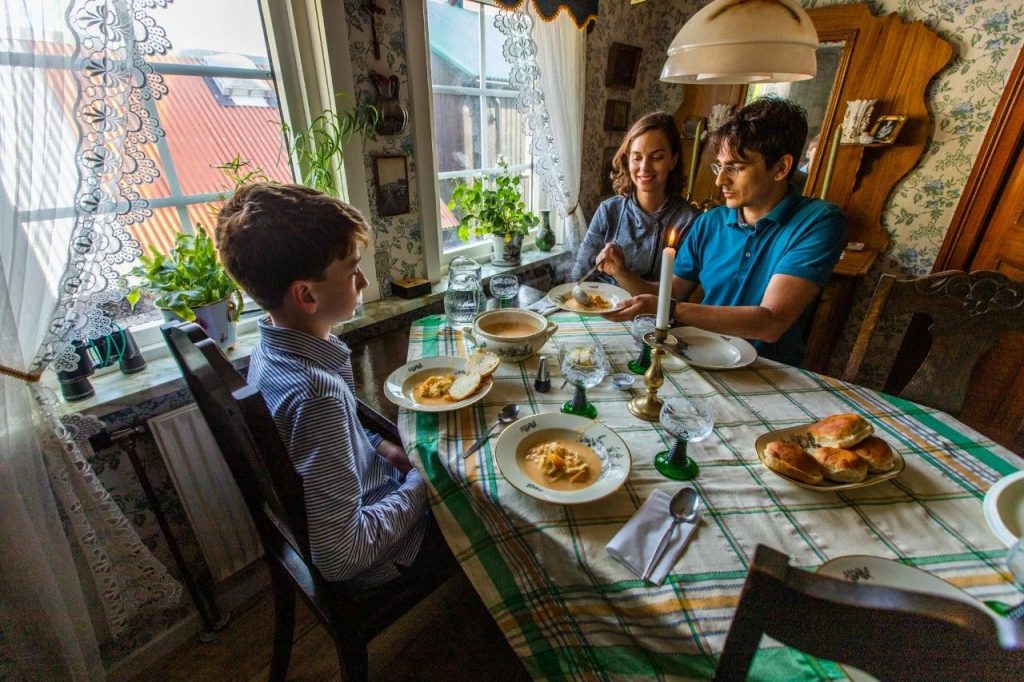
© Eric Stoen
Torshavn
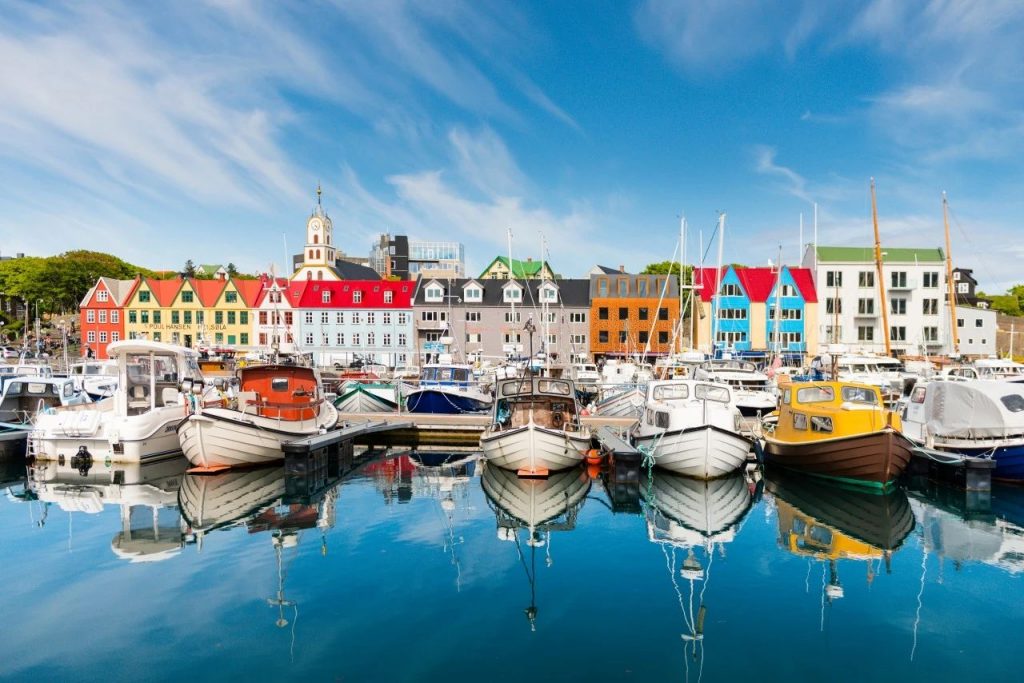
©Justin Foulkes/Lonely Planet
The show starts in the capital, Tórshavn, where convenient transportation, reliable restaurants and hotels make it a great base for exploring the surroundings.

Tórshavn © Jean-Marie Muggianu, CC BY-NC-ND 2.0, http://dwz.date/dy2J
Spend a day or two exploring the cottages in the historic Tinganes district. You will definitely be impressed by the bright and colorful buildings here, and the lovely thatched roofs add to the fairy tale color.
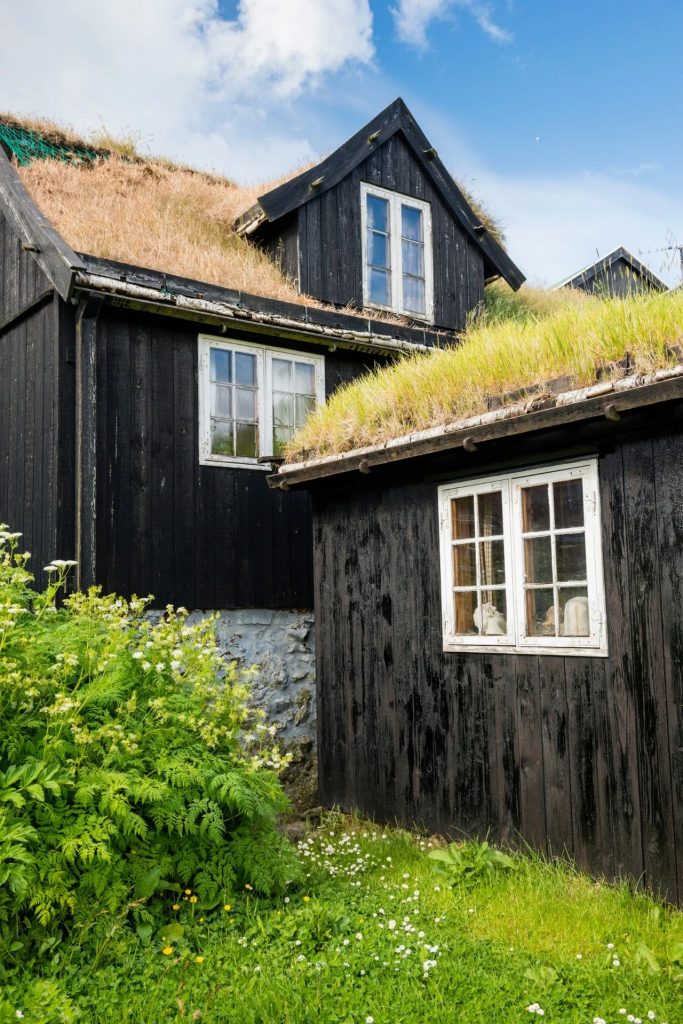
©Justin Foulkes/Lonely Planet
The earliest settlers of the Faroe Islands were monks from Ireland. The Vikings who ran across the sea occupied the area in the 9th century. It was incorporated into Denmark in the 14th century and eventually became Denmark’s autonomous overseas territory in 1948. Since the time of the Vikings, the Faroe Islands has formed a Congress, which is considered to be the oldest Congress organization in the world.

IMG_1954 © clare_and_ben, CC BY-NC-ND 2.0, http://dwz.date/dy2M
In the Faroe Islands National Museum (Føroya Fornminnissavn) and Art Gallery (Listasavn Føroya), you can trace the history of this archipelago and taste the unique culture.
Sheep is a local “map shooter”. Google Street View only officially entered the Faroe Islands in 2016. Before that, due to fewer people and fewer cars, people on the islands installed cameras on sheep to collect materials for street view maps and even produced them. The local “sheep map”. There are 70,000 sheep on the Faroe Islands, but the population is less than 50,000. It is true that “there are more sheep than people” and the wool products produced are of high quality.

The Isle of Mykines – Mykinesholmur © Alex Berger, CC BY-NC 2.0, http://dwz.date/dzRq
Eysturoy

Gjógv © Stig Nygaard, CC BY 2.0, http://dwz.date/dzFT
If you want to explore the most fantastic natural beauty of the Faroe Islands, Eysturoy, the second largest island not far from Torshavn, will not let you down.

Gjógv © BriYYZ, CC BY-SA 2.0, http://dwz.date/dzFZ
Wedge between Kars Island and Strymer, you can find the country’s most majestic fjords and tallest peaks, waterfalls hanging on the cape cliffs, and charming small villages in the mountains.

Faroe Islands | Îles Féroé © Philippe Noth, CC BY-NC-ND 2.0, http://dwz.date/dzGm
In the north of Istroy, the scenery that you see every time you turn around is particularly shocking, and traveling through the charming villages is undoubtedly one of the most fantastic experiences.

Gjógv on the Island Eysturoy of the Faroe Islands © Wim Sijses, CC BY-NC-ND 2.0, http://dwz.date/dy4n
Elduvík

IMG_6126 © Maciej Brencz, CC BY 2.0, http://dwz.date/dzJM
Facing the rugged north end of Kars Island, the small and exquisite village Elduvík is as charming as a dream. The charred traditional cottages are divided into two clusters, located at the mouth of the Stórá creek, suitable for taking pictures.

Abendstimmung © Ulrich Latzenhofer, CC BY-SA 2.0, http://dwz.date/dzJQ
Gøta

Gøta © Miranda Metheny, CC BY-NC 2.0, http://dwz.date/dzJZ
Gøta is located at the end of the fjord between two rugged mountain ridges. It consists of 3 villages.

FOT_Visit Faroe Islands_Summartónar Festival © EHRENBERG Kommunikation, CC BY-NC-ND 2.0, http://dwz.date/dzPZ
G! (www.gfestival.com) held in July is the most famous rock festival in the Faroe Islands. The music festival is held on a small beach, which looks incredible, but it still resounds through the surrounding villages.
Mykines

Mykines © Hans Juul Hansen, CC BY-NC-ND 2.0, http://dwz.date/dzHg
The westernmost island of Mykines (Mykines) is like the end of the world. There are less than 15 resident residents and one accommodation on the island. You need to take a helicopter (book in advance, 10 minutes) or long-distance bus.

Mykines © Arne List, CC BY-SA 2.0, http://dwz.date/dzHC
This is also a paradise for birdwatchers. On the way to the only attraction-the Mykineshoĺmur lighthouse built in 1909, you will encounter the main gannet colony of the Faroe Islands and pass by the Arctic puffins cave.
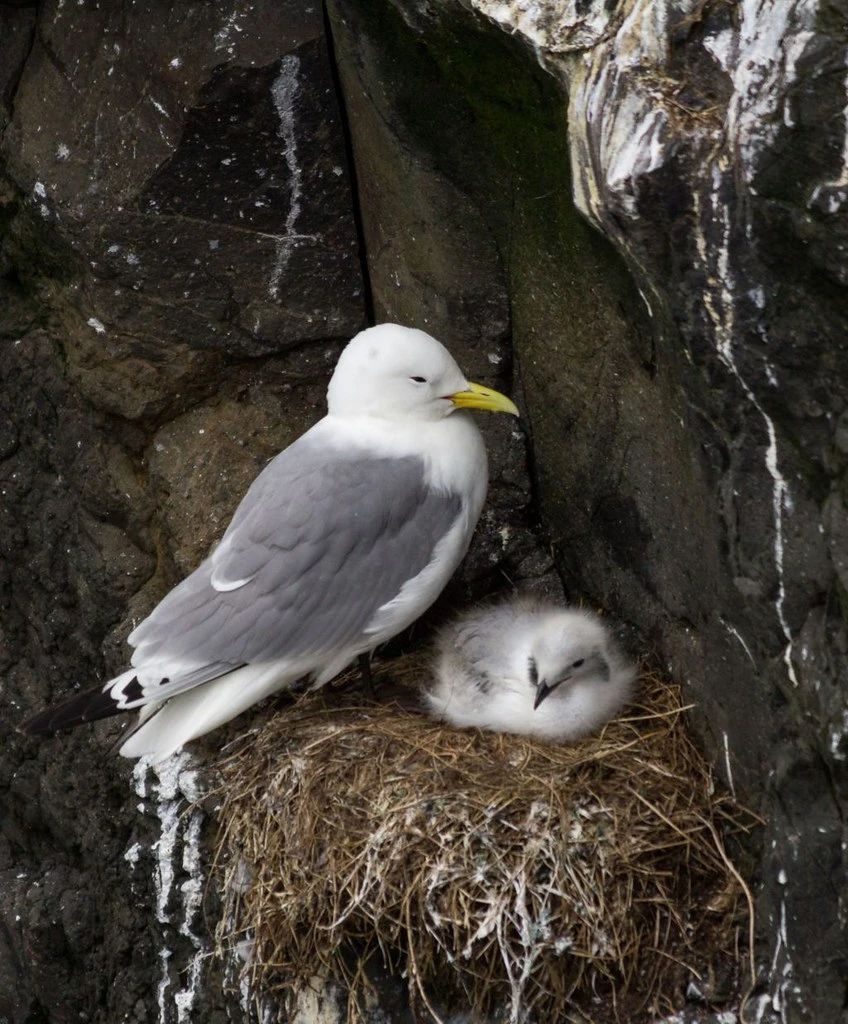
Mykines_v_15 © FotoBru, CC BY-NC-ND 2.0, http://dwz.date/dzHG
The seaside scenery may not be different from what the Vikings saw when they first landed.

Mykines, soleil couchant © Jean-Marie Muggianu, CC BY-NC-ND 2.0, http://dwz.date/dzHR
Kalsoy

Kalsoy – “The Comb” © Miranda Methany, CC BY-NC 2.0, http://dwz.date/dzKp
Kals Island (Kalsoy) in the northeast has a thin “physique”, but the endless cliffs and depressions create an atmosphere of absurdity. The appearance of many tunnels is called “dizi”, and the scenery is magnificent.

Kalsoy © Arne List, CC BY-SA 2.0, http://dwz.date/dzKn
Do not miss it

faroe islands residents © mariusz kluzniak, CC BY-NC-ND 2.0, http://dwz.date/dzPM
An activity not to be missed here is bird watching. The natural beauty of the Faroe Islands is hidden outside the city. Report a tour group from Torshavn and take a boat to the Vestmanna Bird Cliffs.
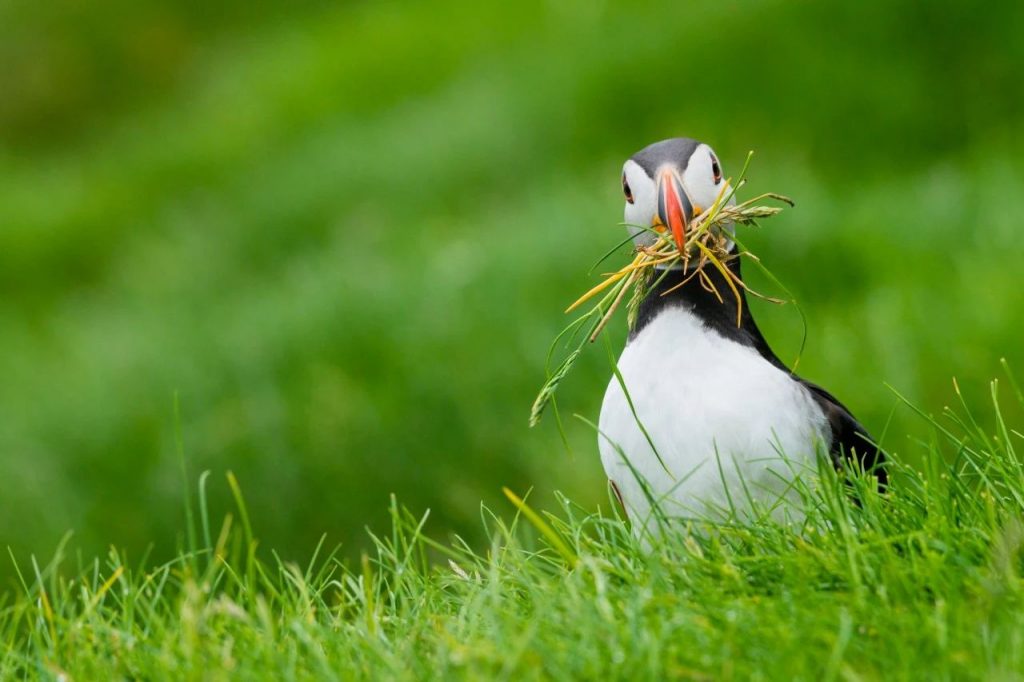
©Justin Foulkes/Lonely Planet
The largest Arctic puffin colony in the world is located here. This fat bird with black wings and white bellies, colorful beaks and feet can definitely sprouting you.

Mykines_v_15 © FotoBru, CC BY-NC-ND 2.0, http://dwz.date/dzQw
Passing through the towering cliff faces and sharp peaks, you will also see the feeding area of guillemots and puffins, the screaming pipe-nosed owls and kittiwakes straight into the sky like thousands of white spots.

©Justin Foulkes/Lonely Planet
Tips for unlocking Nordic secrets – Play information
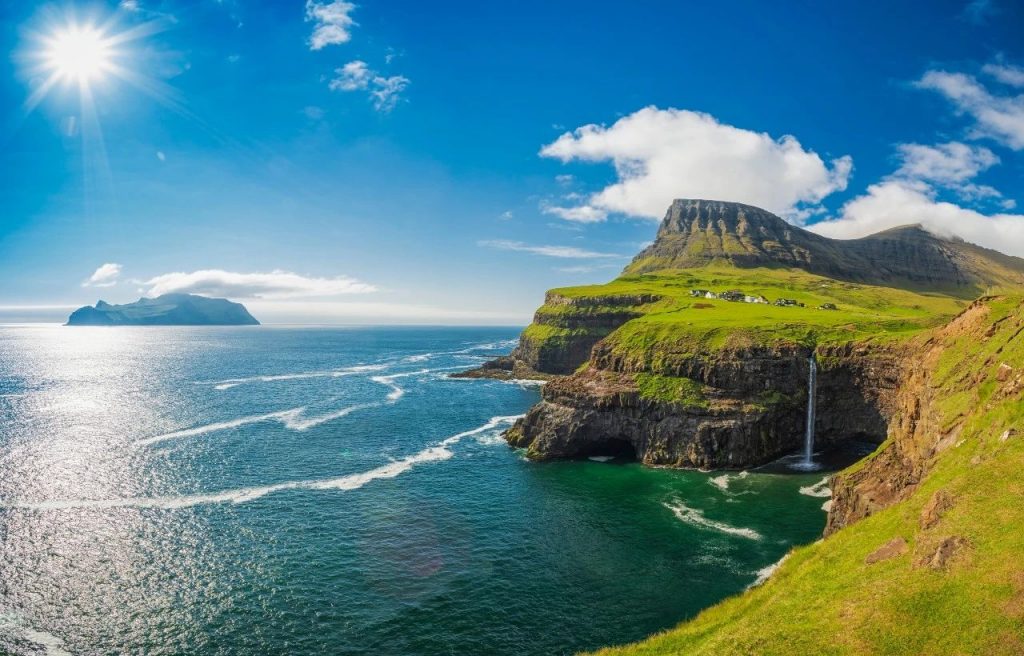
©Dmitry Pistrov/Shutterstock
Although July and August are the main tourist seasons in the Faroe Islands, you might as well come to visit in June, when the daylight hours are the longest, most hotels and museums are open, and there are not many tourists.
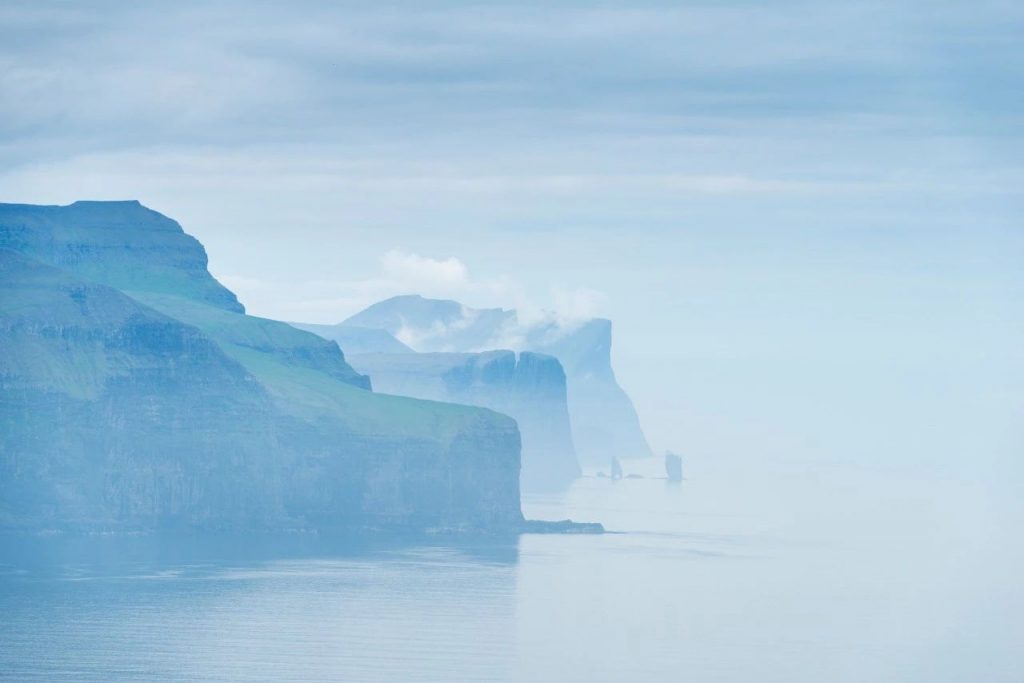
©Justin Foulkes/Lonely Planet
From September to May of the following year, there was plenty of rain and many infrastructures were no longer open. However, the mysterious sky, rolling ocean and breathtaking scenery are suitable for travelers who want to meditate alone.

Northern Lights obove the Faroe Islands © EHRENBERG Kommunikation, CC BY-NC-ND 2.0, http://dwz.date/dzSt
The common currency here is the Faroe Islands krona, which is equivalent to the Danish Krone (DKK), which can be used in general.
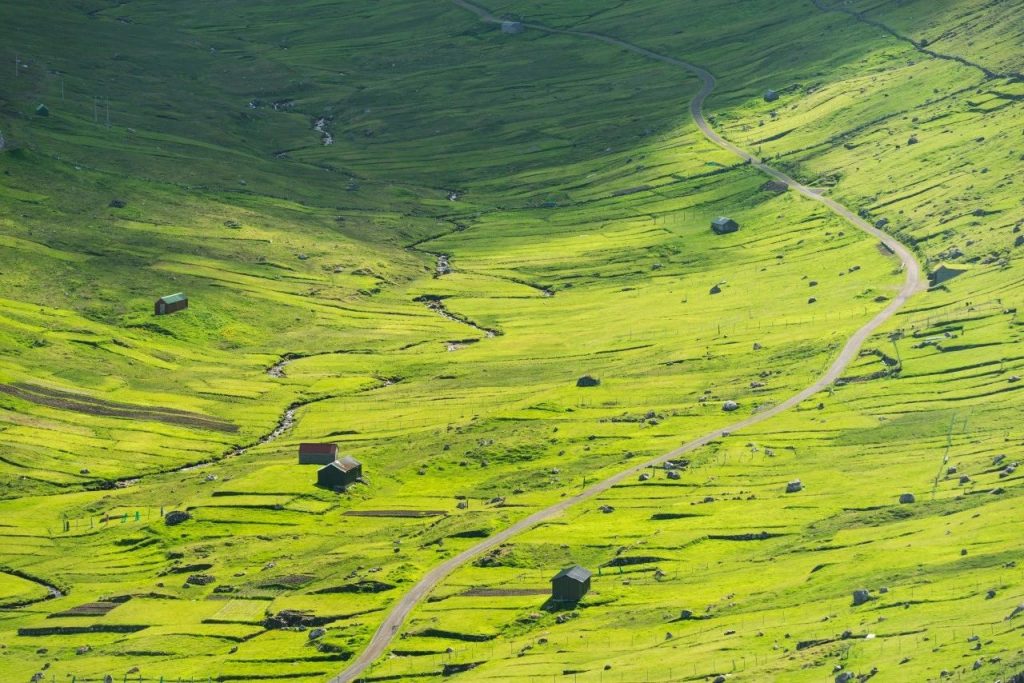
©Justin Foulkes/Lonely Planet
How can I get there
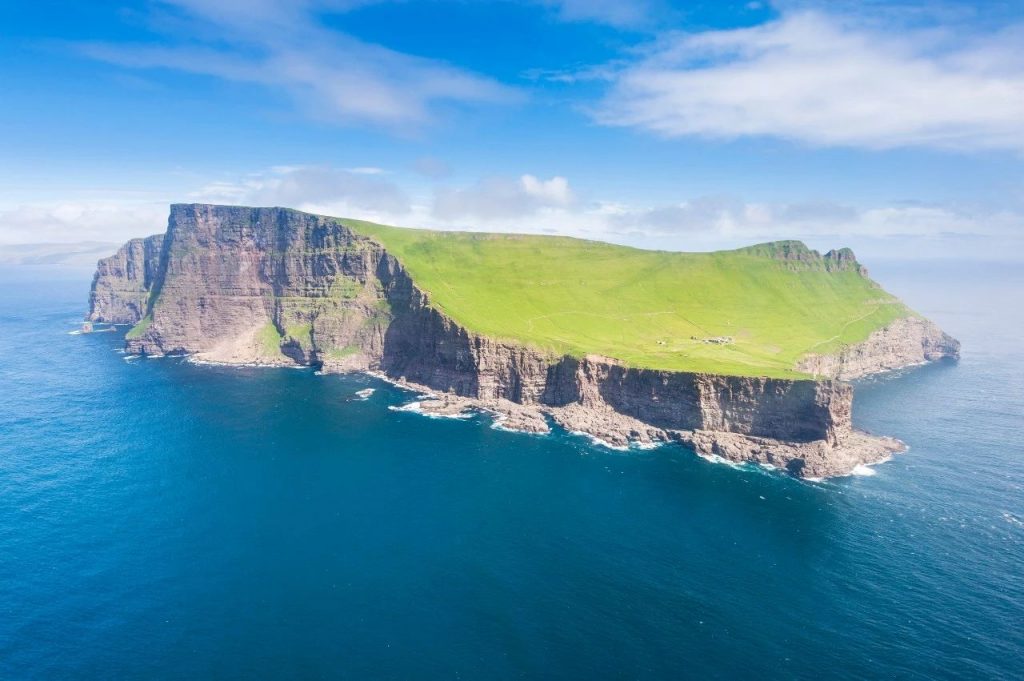
©Justin Foulkes/Lonely Planet
Plane: All flights fly to Vogue Island Airport, the only airport in the Faroe Islands. The national airline Atlantic Airways operates flights to and from many destinations, including Copenhagen, Billund, Bergen and Reykjavik.
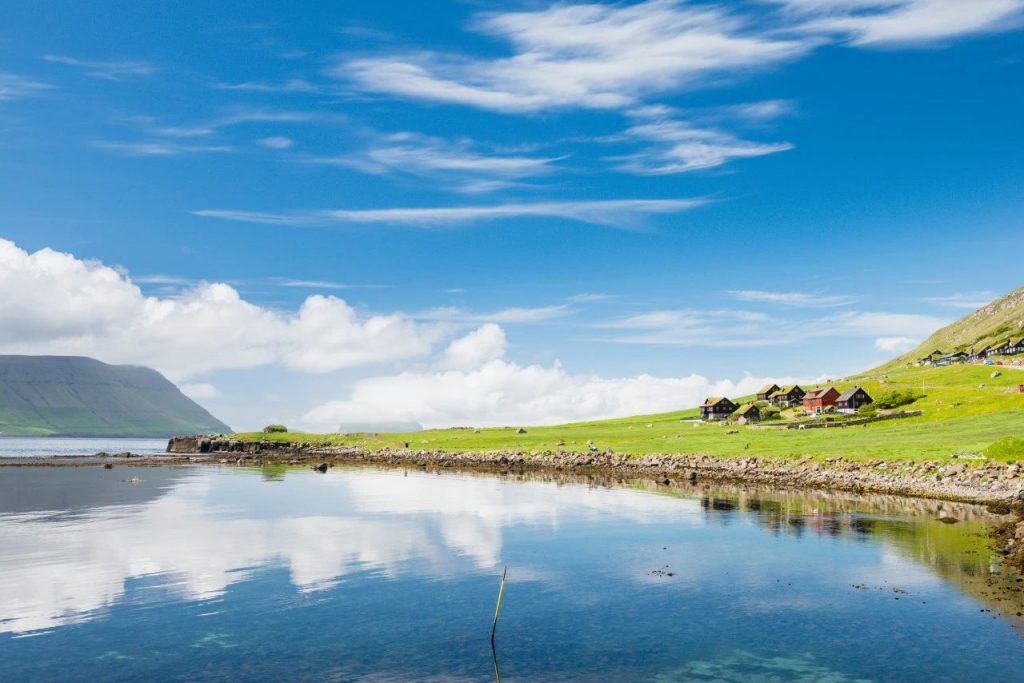
©Justin Foulkes/Lonely Planet
Seasonal destinations are Stavanger, Barcelona and Milan. Pegasus Airlines also has flights between the Faroe Islands and Reykjavik. The preferred mode of transportation for island hopping is helicopter, and the one-way fare is about US$100.
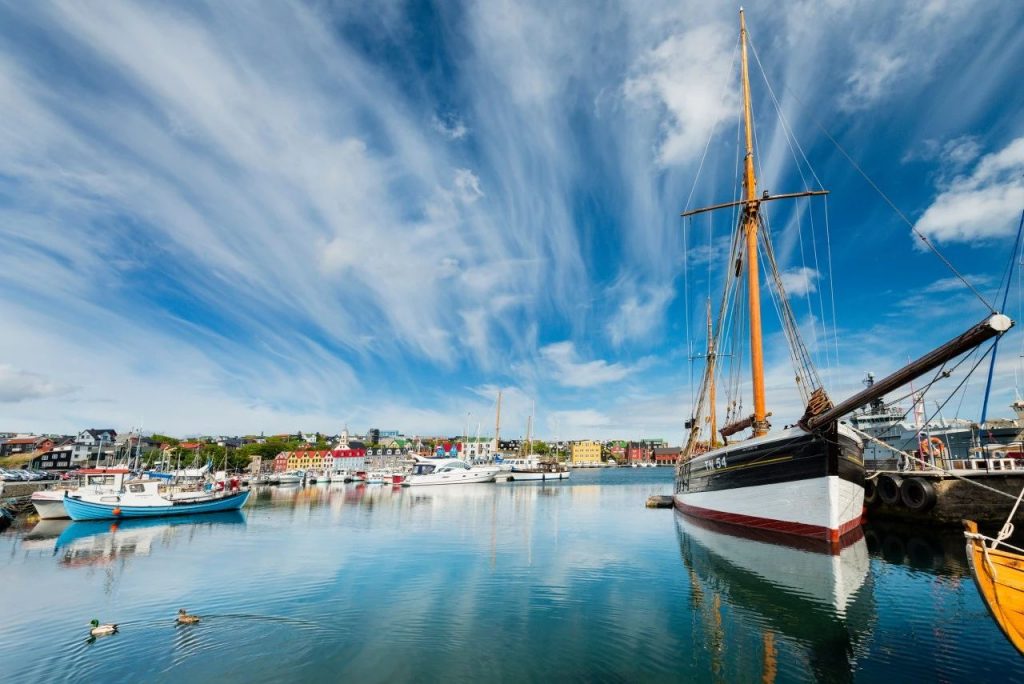
©Justin Foulkes/Lonely Planet
Ferry: The Norrona ferry operated by Smyril Line travels between Hirtshals in Denmark and Seyðisfjörður in Iceland, passing through Torshavn in the Faroe Islands.
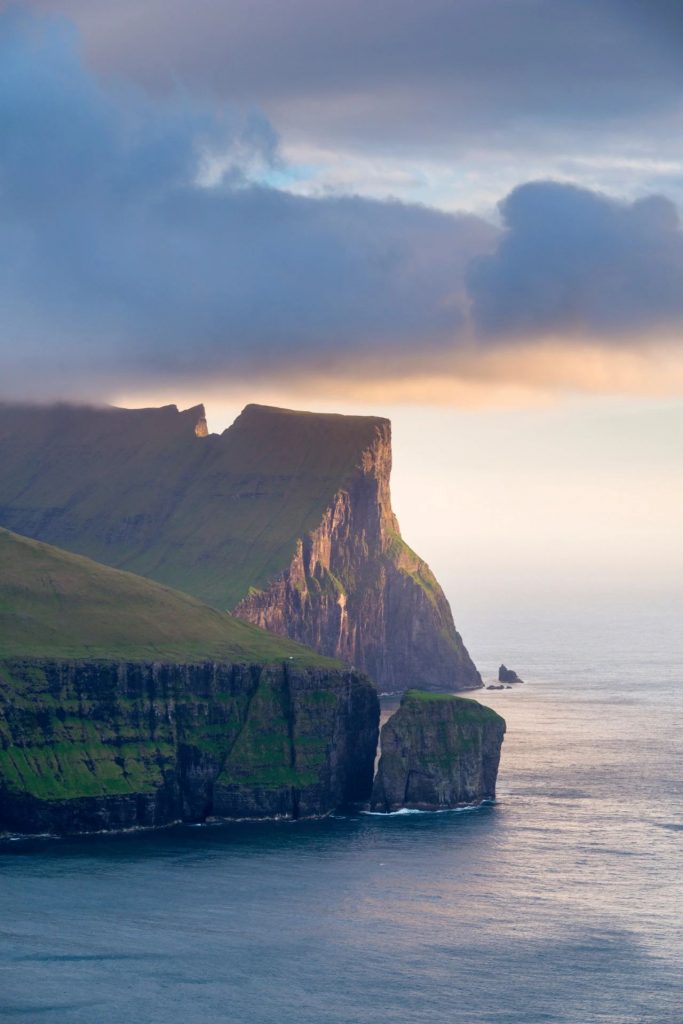
©Justin Foulkes/Lonely Planet
Visa information

Leynavatn © Hans Juul Hansen, CC BY-NC-ND 2.0, http://dwz.date/dzSy
The Faroe Islands are not a Schengen country. Visitors to the Faroe Islands need to go to the Danish Visa Application Center to apply for a visa. Other Schengen countries cannot issue Faroe Islands visas. For more information about the Faroe Islands, you can log on to www.faroeislands.com .
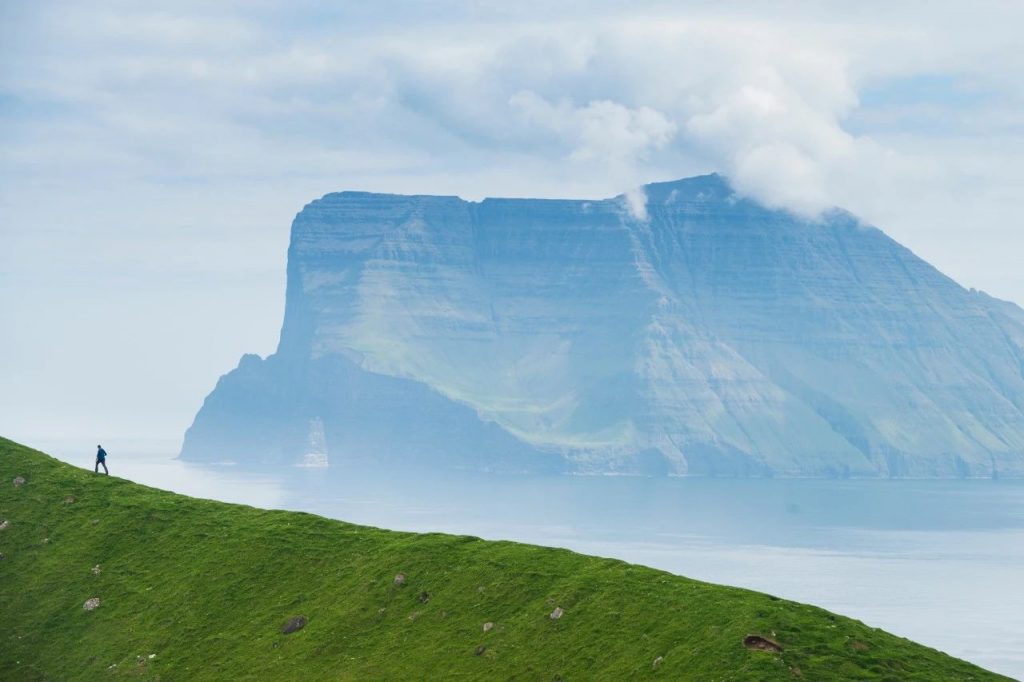
©Justin Foulkes/Lonely Planet
Comments